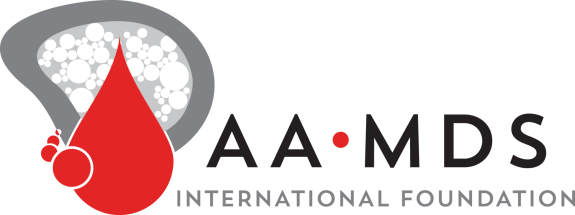Paroxysmal Nocturnal Hemoglobinuria (PNH) constitutes a rare bone marrow failure syndrome characterized by hemolytic anemia, thrombotic events (TEs), and bone marrow aplasia of variable degrees. Thrombosis is one of the major clinical manifestations of the disease, affecting up to 40% of individuals with PNH. Venous thrombosis is more prevalent, affecting mainly unusual sites, such as intrabdominal and hepatic veins. TEs might be the first clinical manifestation of PNH. Complement activation, endothelial dysfunction, hemolysis, impaired bioavailability of nitric oxide, and activation of platelets and neutrophils are implicated in the pathogenesis of TEs in PNH patients. Moreover, a vicious cycle involving the coagulation cascade, complement system, and inflammation cytokines, such as interleukin-6, is established. Complement inhibitors, such as eculizumab and ravulizumab (C5 inhibitors), have revolutionized the care of patients with PNH. C5 inhibitors should be initiated in patients with PNH and thrombosis, while they constitute a great prophylactic measure for TEs in those individuals. Anticoagulants, such as warfarin and low-molecular-weight heparin, and, in selected cases, direct oral anticoagulants (DOACs) should be used in combination with C5 inhibitors in patients who develop TEs. Novel complement inhibitors are considered an alternative treatment option, especially for those who develop extravascular or breakthrough hemolysis when terminal inhibitors are administered.
❄️ Give the Gift of Answers, Support, and Hope ❄️
Please make a donation to the Aplastic Anemia and MDS International Foundation this holiday season.

